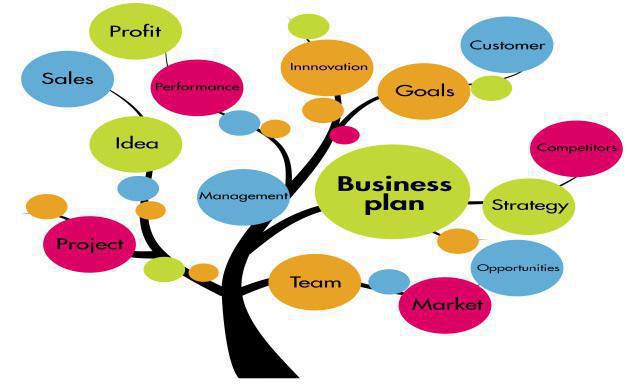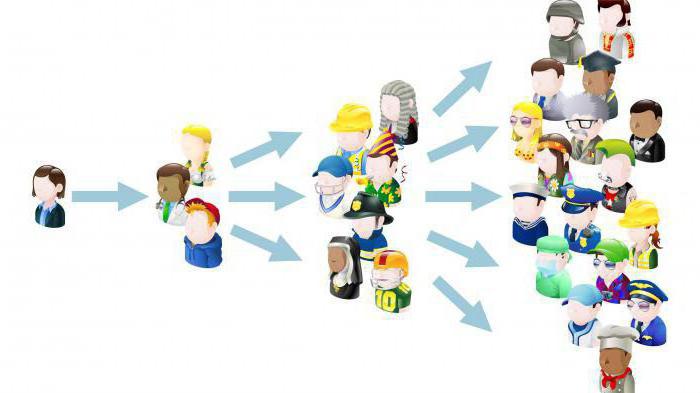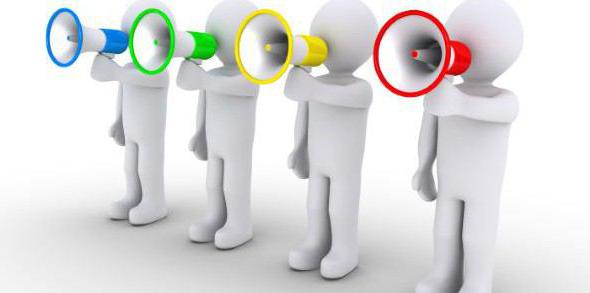Before you understand that demarketing is some kind of seller’s behavior strategy, you should understand a few important concepts. Further, based on the definition, give examples so that this direction can be clearly seen.
The concept of marketing and its varieties
Marketing today is an integral part of any enterprise, because it is the organizational function that is needed to create, promote a product to customers, as well as consolidate relations with them to get benefits from both sides.

There are many goals and objectives, many different methods with which you can achieve certain results. We should also talk about the types of marketing, and specifically about one direction that is associated with market demand.
The following types are found:
- conversion;
- stimulating;
- developing;
- remarketing
- demarketing
- synchromarketing;
- supporting;
- counteracting.
This or that type is necessary in different situations: when demand falls; when demand exceeds supply; when demand is equal to supply; when there is demand, but it is hidden, etc.
Demarketing is ...
It was described above that marketing has various types, and the application of this or that depends on the specific situation. An enterprise can never know in advance what type it will use, but there comes a time when you have to apply demarketing.
Demarketing is a seller’s behavior strategy that aims to reduce demand temporarily or permanently. It turns out that there is too much demand that exceeds supply, and enterprises simply cannot raise it. This may be due to several reasons, one of them is impossible to increase production.
This behavior can be more clearly understood using the examples given. But it is worth remembering that such a strategy can be applied both in the product market and in the services market.
Types and Tasks
At times, the demand for a product or service becomes too active. This does not happen often, because there are much more offers on the market, but there are situations when it is necessary to reduce demand. The main objective of demarketing is to convince people that they do not need to make a purchase or they can replace it with another product.
Demarketing might look like this:
- price increase;
- decreased activity of the advertising company or switching to other products through advertising;
- transfer of production rights to other firms.
There are several types of demarketing:
- Active - needed in order to regulate work with less profitable goods or services.
- Passive - This type is most often used by government agencies to tell the buyer about the dangers of a particular product (cigarettes, alcohol).
- Absolute - expressed in the fact that the goods are completely removed from production in order to avoid unpleasant consequences. This may be due to obsolete goods or low-quality goods that can harm people and, accordingly, the enterprise. For example, a medicine might have been released, but it turned out to be ineffective or even brought some harm, therefore, this medicine will immediately be withdrawn from sale.
Strategies
In strategic direction, all demarketing is divided into general and selective. The first is necessary in order to reduce demand for a particular product in the entire market where the product is sold, by increasing prices or reducing the activity of an advertising company. Selective demarketing reduces demand in the least profitable market segment.
There is also the so-called apparent demarketing, which is often used in expensive segments (for example, car sales). Demand in this direction is limited by insufficient supply.
Who else uses demarketing?
The tasks, types and goals of this marketing area have been described above. It immediately becomes clear that this strategy is often or rarely used by companies that produce goods or provide services. However, not only companies use it in their activities. It is advisable to implement demarketing with government intervention, which can have a positive effect.
The state actively uses demarketing in various fields in order to:
- in the social sphere, call for an improvement in life, a change in lifestyle, for example, abandonment of bad habits, and begin to lead a healthy lifestyle;
- in the environmental sphere, to preserve natural resources, for example, by restricting or prohibiting hunting or fishing in certain places;
- in the economic sphere, to reduce the constant hyper-consumption of various goods.
With the help of principles such as prevention, protection, coercion and partnership, the state regulates the life of society by actively applying marketing strategies.
Demarketing: examples
One good example of where demarketing can be used is energy consumption. Everyone knows that on cold days, morning and evening demand for electricity rises. The power plant is under increased load, which is difficult to reduce. The way out of this situation may be an increase in prices for peaks of use, as well as a decrease in prices at other hours. So, at night, electricity is the cheapest, and many use it to wash laundry in a washing machine or dishes in a dishwasher. We can say that in this case, demarketing is advisable to use, because everyone can benefit.
Another striking example of the use of demarketing in the product market is Apple products. The company produces high-quality equipment, the demand for which remains high annually. But in order to reduce it a little, the company consciously raises the price, thereby reducing demand.
From the examples it became clear that demarketing is a decrease in demand in the product market, but how can it look in the service sector and why is it needed? It also happens that a company can increase the level of security for its customers, but for this it, for example, refuses such a category of passengers as fans who are aggressive, behave too noisily, which may not appeal to ordinary passengers.